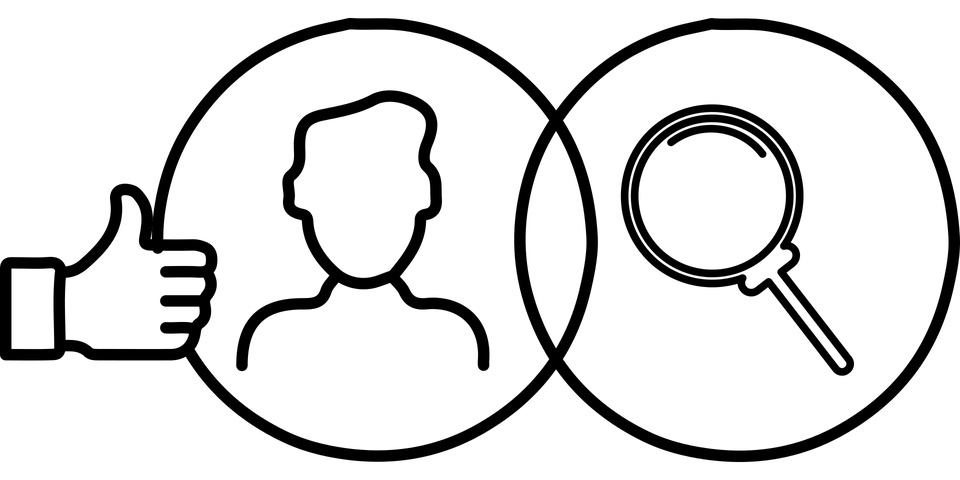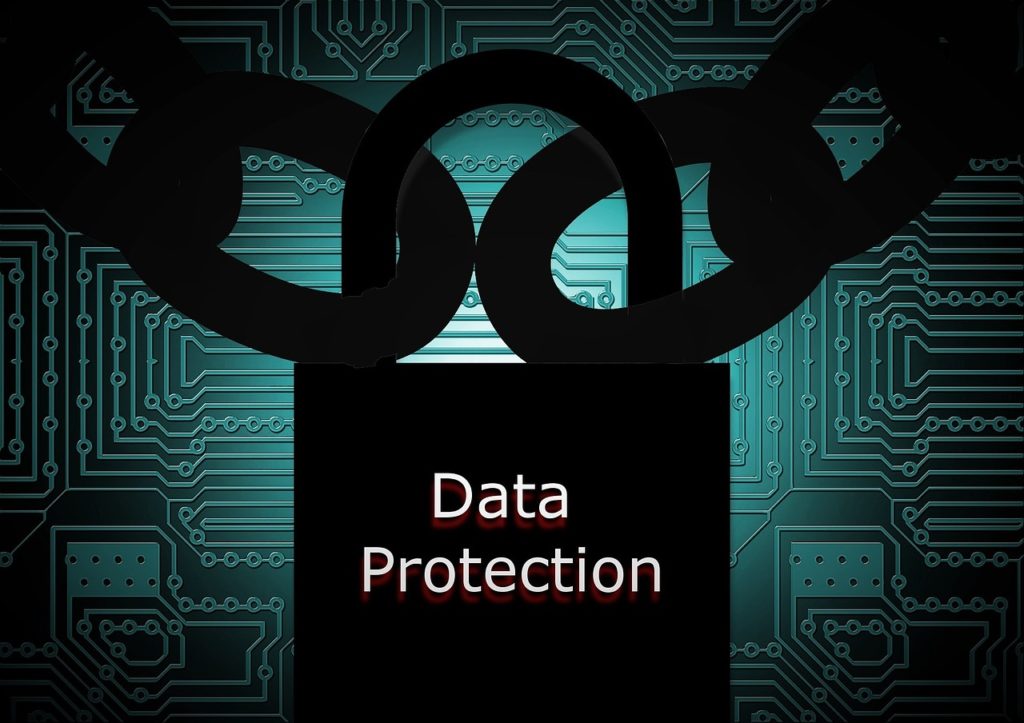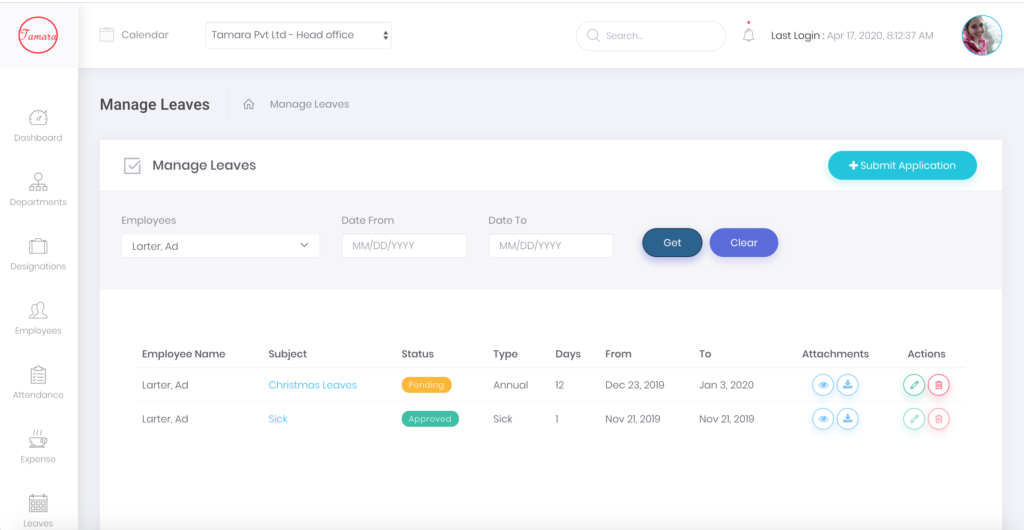
The start of the COVID-19 pandemic was a time of chaos – not only were people rightly worried for their safety and that of their loved ones, they were simultaneously trying to transition to working from home for their office jobs. While that shift was necessary for the survival of businesses the world over, it brought a new set of challenges to overcome.
Today, let’s discuss one niggle that HR has been attempting to resolve: how to effectively measure and track productivity. Let’s talk punctuality.
A Routine Helps Productivity
Workplaces have attendance and punctuality measurements not just to ensure employees are working the hours they are supposed to be, but to bring a measure of order to chaos.
A stable routine is often cited to improve one’s productivity and the same rule can be extrapolated for teams and workplaces. Working from home has impacted productivity and efficiency already, people have to manage children, pets and families in the same space as their makeshift home offices and wild variances to clock in and clock out impacts the output of the team as a whole.
To alleviate that, implementing some form of attendance or a check-in time can do wonders to quickly ramp up productiveness.
The Benefits of Attendance Tracking
Dedicated office buildings and work spaces used to have some sort of manual or automated clock in system by the main door or reception – how does one recreate that when everyone is working from different parts of a city, country (or even world)?
The answer lies in the use of an effective HR software with an integrated solution to manage employee work timings. Here’s how the use of solutions such as PeopleSonic can instantly benefit your business in these pandemic-ridden times:
- A central dashboard to easily let managers observe trends in employee attendance and timings and identify problem areas.
- Specialised utility that allows managers to set a sort of a ‘grace’ period for morning check in – so many employees with young children often find themselves in unplanned kid-emergencies which would otherwise negatively impact their record!
- Manage multiple shifts and different timings with a click of a button – COVID-19 has reduced work capabilities for many businesses, and many employees no longer work full-time and that would otherwise require a lot of manual logging that would fully occupy HR!
- Have attendance and work hours data down to minute-precision. Businesses fail and succeed with time efficiency, and knowing and understanding exact work patterns can help alleviate and improve workflows within teams and the organization as a whole.
As mentioned above, once the workforce is back in some semblance of punctuality, you will quickly see work output increase!
Prevent Your Company Culture From Stagnating
A curious thing that has suffered indelibly has been office culture. Each workplace has its unique culture, beloved to its employees and revered by competitors.
Whether it was monthly lunch parties or (indoor) sports tournaments, each organization has lost those social events which added to the wow factor of working there. Why can’t that be recreated in the online workspace?
Setting up online lunches, quiz competitions or even social gaming obviously requires that the workflow of the team and company be as optimized as possible, which brings us back punctuality and productivity! Once your workforce is back on a regular schedule, HR can find it easy to plan and arrange for fun activities to bring back the cheer, the culture your organization was known for.
Attendance tracking and management isn’t just a business tool for HR to report employee timesheets and performance. It’s also a great way to boost morale and output, and more importantly, in our new reality, a way to recapture “normal” work life for most people.



 Finding the right HR management solution for your business can feel like an expensive game of trial and error if you don’t know whether the various market offerings can cater to your requirements or not. Do you go for multiple software? How do you gauge the competition and ascertain the right fit for your business needs? One thing is certain, taking the leap to an HR software solution requires an understanding of what the technology has to offer and how that aligns with your needs and goals.
Finding the right HR management solution for your business can feel like an expensive game of trial and error if you don’t know whether the various market offerings can cater to your requirements or not. Do you go for multiple software? How do you gauge the competition and ascertain the right fit for your business needs? One thing is certain, taking the leap to an HR software solution requires an understanding of what the technology has to offer and how that aligns with your needs and goals.